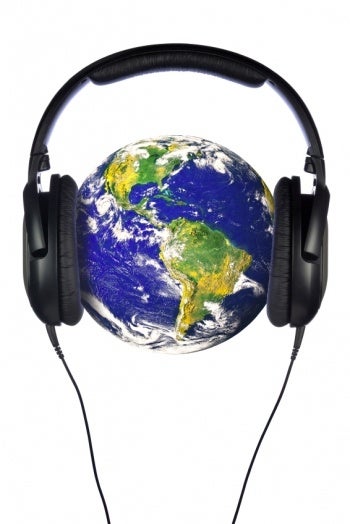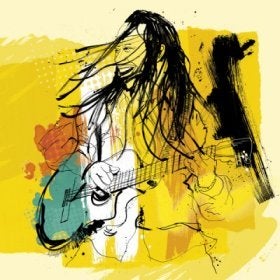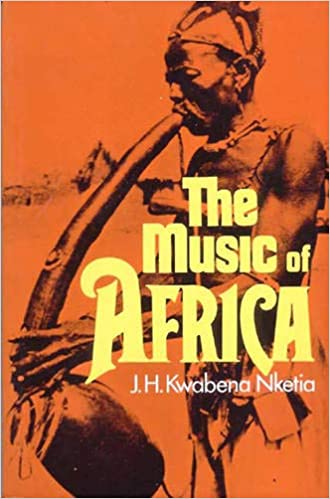Zydeo, which came to light in the early to mid-19th century, developed from southwest Louisiana’s Creole population. Lyrics expressed in English or French are characteristically accompanied by the prominent influence of an accordion and washboard.
Katajjaq, or Inuit throat singing, is linked to the native people in the arctic areas of Canada and the U.S. as well as Greenland and Russia. Throat singing is sustained within in other cultures including those in Tibet and Mongolia. The Inuit form of musical expression is recognized for being sung as duets between women. Traditionally, it has been used to sing crying babies to sleep or in competitive games to learn who can outlast the other.
Calypso, Trinidad and Tobago African and European musical stylings are blended in Trinidad and Tobago to produce calypso music, which makes use of the famous steel percussive drum pans, AKA steel drums. Legend has it that calypso emerged as a means for enslaved Africans to communicate with each other in light of a language barrier.
Stay informed on the latest news
Sign up for WPR’s email newsletter.
Rai, Algeria, the origins of rai can be unearthed in 1930s-era Oran, Algeria. It’s at this nexus that Arab, French, Jewish and Spanish influences were forged together by Bedouin shepherds. Rai’s themes are generally linked to social issues and/or love.
K-Pop, Korea is poised for broad global appeal, Korea’s K-Pop is said to musically resemble Britney Spears or Backstreet Boys on a sugar high. Slick dance moves and catchy beats textured by electropop, hip hop, pop, rock, and R&B have translated into a musical tour de force that seems unstoppable.
Bush Music, Australia music or bush ballads, grew from early Australians’ experiences forging a life in the country’s outback. They comprise a orally sustained account of the trials and tribulations encountered by settlers and convicts in the early days of Australia. “Waltzing Matildia” is perhaps the best-known and is considered an “unofficial” national anthem.
Soukous, Congo Soukous is a musical genre from Belgian Congo (now Democratic Republic of the Congo) and French Congo (now Republic of the Congo, Gabon and the Central African Republic), that emmerged in the 1930s and 1940s. It grew out of the Congolese rhumba.
Funk Carioca, Brazil Funk Carioca has its epicenter in the same poor neighborhood’s of Rio de Janiero that gave rise to the better-known samba. A mix of pop styles like Miami bass, it is characterized by samplings of old-school hip-hop mixed with Portuguese rapping. Lyrics tackle themes such as poverty, violence and social injustice including strong adult-orientated themactc lyrics.
Some hold that Go-Go, Washington, D.C. Go-go is perhaps Washington, D.C.’s only native style of music, arising in the mid-’60s and ’70s. It’s formed from a blend of funk, rhythm and blues and early hip-hop. It’s recognizable by its syncopated rhythm, drum beat pattern and the style of call and response between the artist and the audience.
Garifuna music, St. Vincent The Garifuna people, were shipwrecked enslaved Africans that ended up living with and dwelling among the Carib people of St. Vincent. This lead to the creation of a unique style of music. The Garifuna and their music later spread from St. Vincent to the Caribbean coast of Central America with West African influences that are still exist today. Dominant percussion and the use of call-and-response are fully engaged.
Wisconsin Public Radio, © Copyright 2024, Board of Regents of the University of Wisconsin System and Wisconsin Educational Communications Board.



